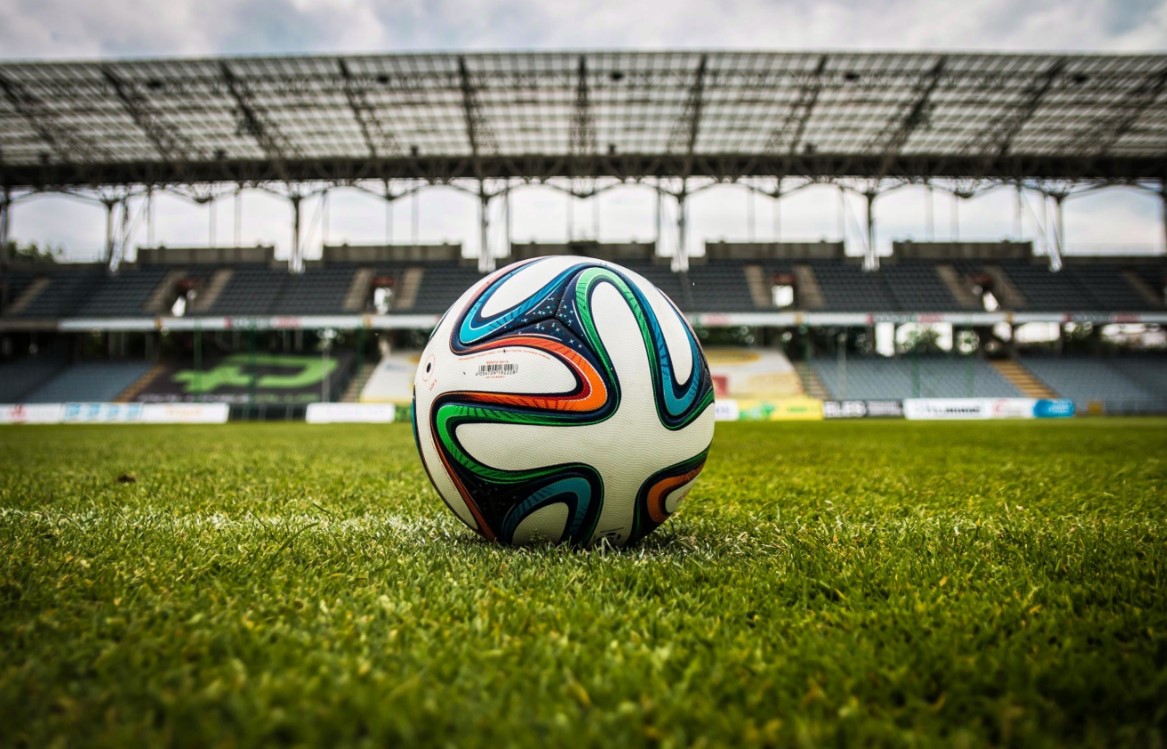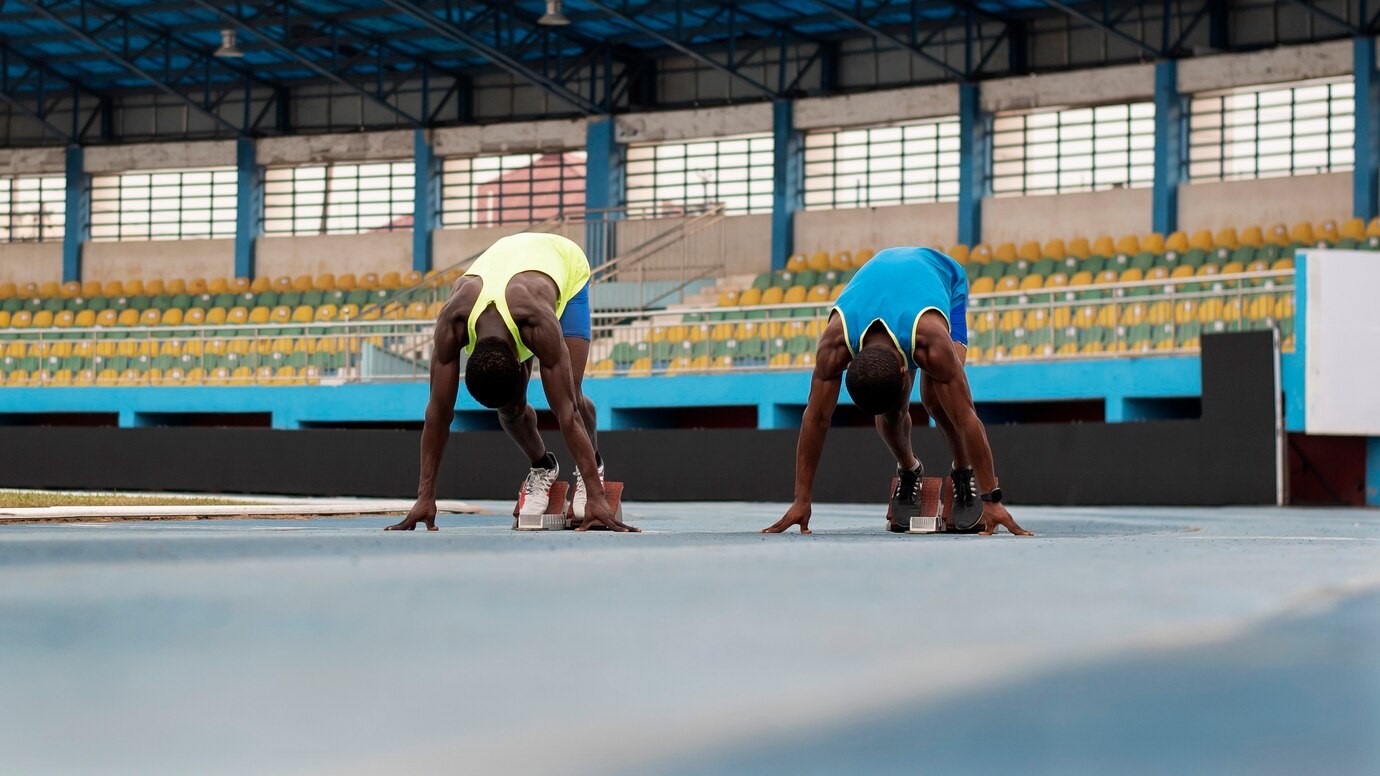How Multiple Factors Contribute to Soccer Players' Performance
Soccer is a highly physical game that puts extreme

Soccer is a highly physical game that puts extreme demand on all parts of the body, both internally and externally. In order to operate at peak efficiency, every component must work in harmony with all other parts. However, because of the stresses and strains this game can put on the body, it's common to find various injuries scuppering a player's ability to perform at the highest levels. This post will explore the different factors contributing to player performance, from the physical to the technical.
Injury Prevention: Maintaining Optimal Health
In order to truly operate at the very highest level of the game, players must have a keen understanding of how their bodies work and how to keep them safe from injury. Unfortunately, injuries are all too common in most sports, and when it comes to one as physical as soccer, it can cause all kinds of knock-on effects. As in other sports that make use of the legs and feet, ankle injuries in soccer are a common occurrence. Moreover, they aren't as straightforward as you might imagine, and there are, in fact, many types of ankle injuries that can put a player out of commission for varying degrees of time. The most prevalent ankle injuries include:
- Lateral sprains
- Medial sprains
- High ankle sprains
- Muscular strain
- Fractures
The key to avoiding these kinds of injuries is to ensure that warm-up and warm-down procedures are strictly adhered to and that exercises that encourage proper flexibility are included in training sessions.
Physical Fitness: Key Determinant Of Performance
Although physical prowess is required for success in any sport, the level of fitness necessary for a full 90 minutes of soccer can be unmatched. In most games, you can expect to run from five to six miles, depending on your position. Because of this, maintaining the required levels of physical fitness necessitates a very high level of cardio fitness. However, on top of cardio, players must also develop muscular upper and lower bodies to compete in the fray when the game begins to heat up.

Rest And Recovery: Vital For Sustained Excellence
Rest and recovery play just as important a role in a player's ability to bounce back from training and games at the same level as exercise and dynamic movement routines. This could involve anything from the correct amount of sleep to more advanced options like heat treatments and more. By ensuring the body gets enough time and nutrients to repair itself, a soccer player can remain on top for longer.
Technical Skills: Precision And Control
Now, we can move away from the physical aspects of the sport and onto the more cerebral. All sports demand a particular proficiency of technical ability in order to compete with and against the best. Soccer is no different in this regard, and when you observe the most elite players, you will see not only a robust physical prowess but an ability to see beyond the next few steps. Soccer is a fast-paced game that can resemble a speed round of chess, meaning players are constantly required to seek out opportunities before other players and make the winning moves with precision strikes. It also calls for a certain amount of tactical prowess that can ultimately dictate the outcome of the entire match.
There is far more to the game of soccer than meets the eye, from tactics to fitness. To ensure success, players must be keenly aware of their own bodies and understand how to keep themselves safe from injury.







